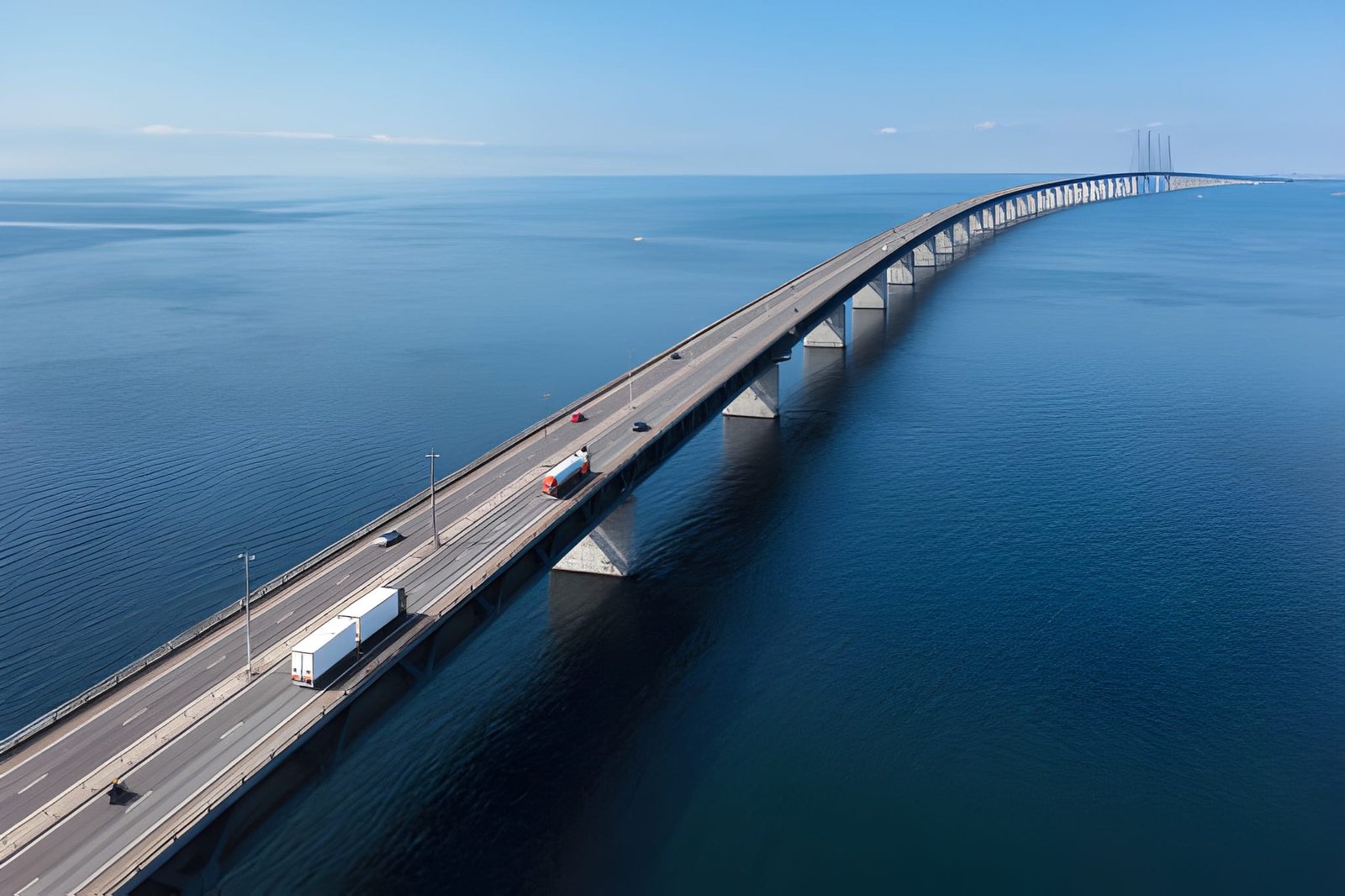Introduction – Why Car Preparation is Essential for Indian Road Trips
A road trip in India is unlike any other experience. From the snow-capped Himalayas in Himachal Pradesh and Ladakh, to the coastal beauty of Goa and Kerala, to the desert landscapes of Rajasthan, Indian highways and rural routes offer breathtaking diversity. But while the journey is beautiful, it also presents challenges—uneven roads, heavy traffic, unpredictable weather, and long distances between service stations.
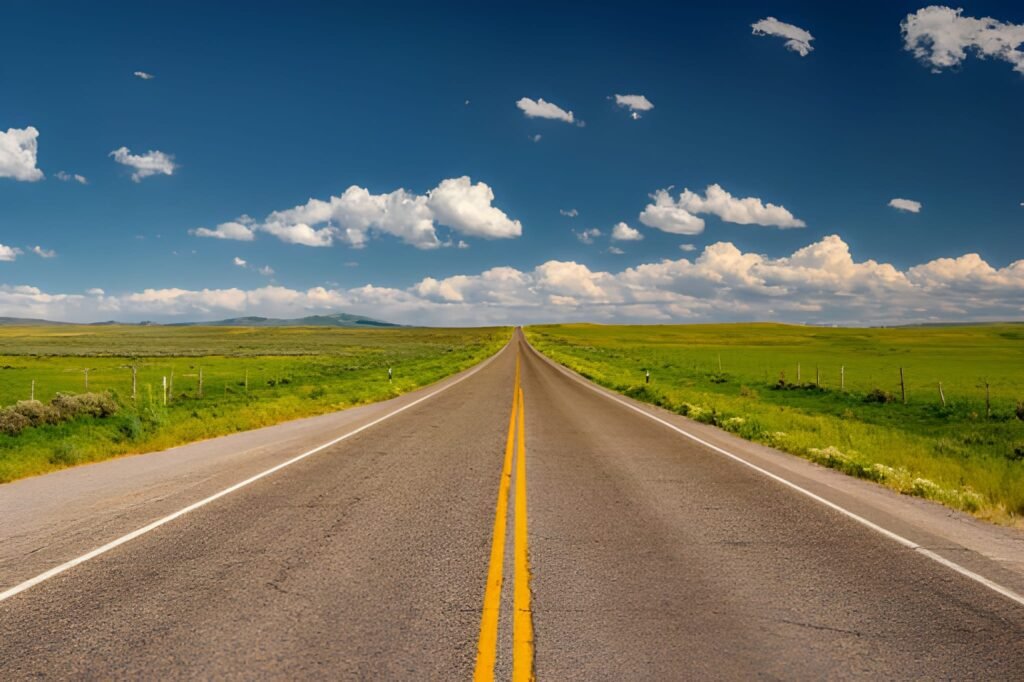
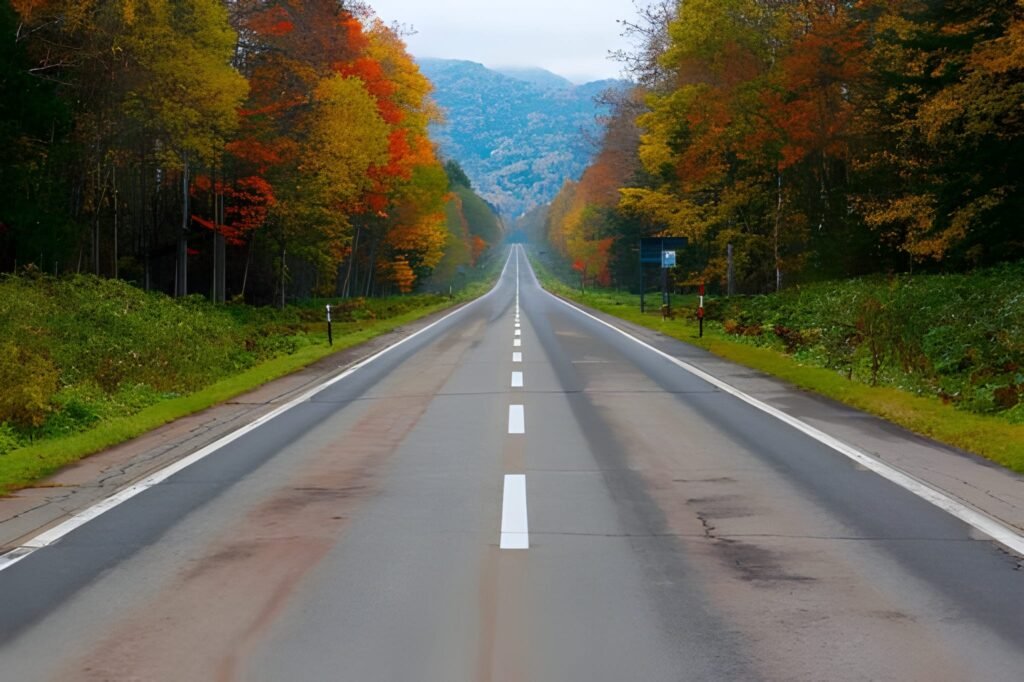
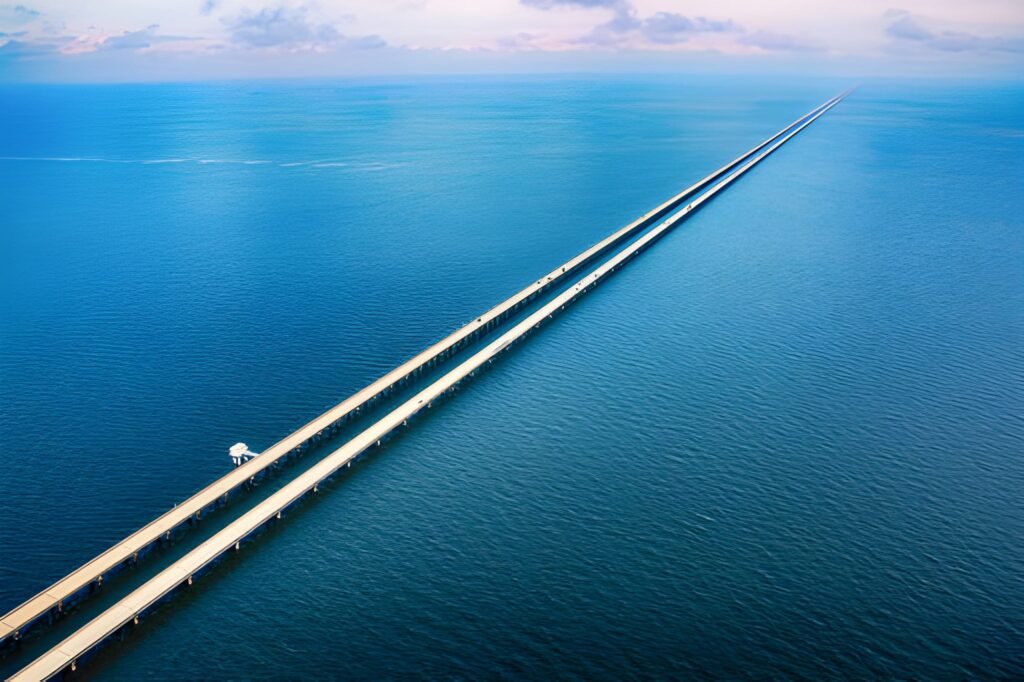
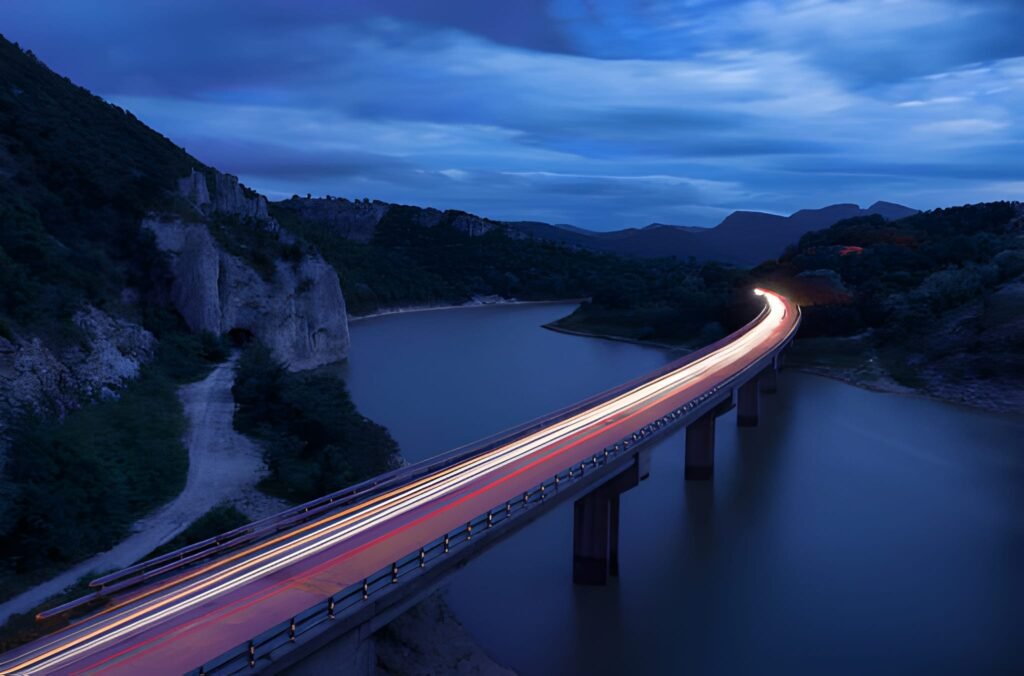
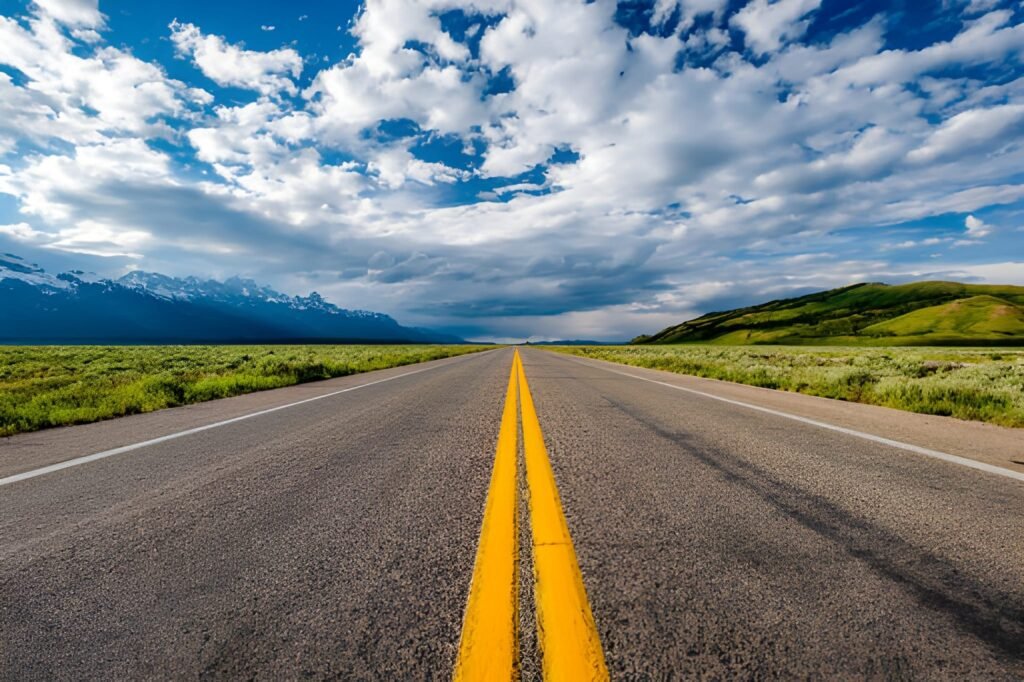
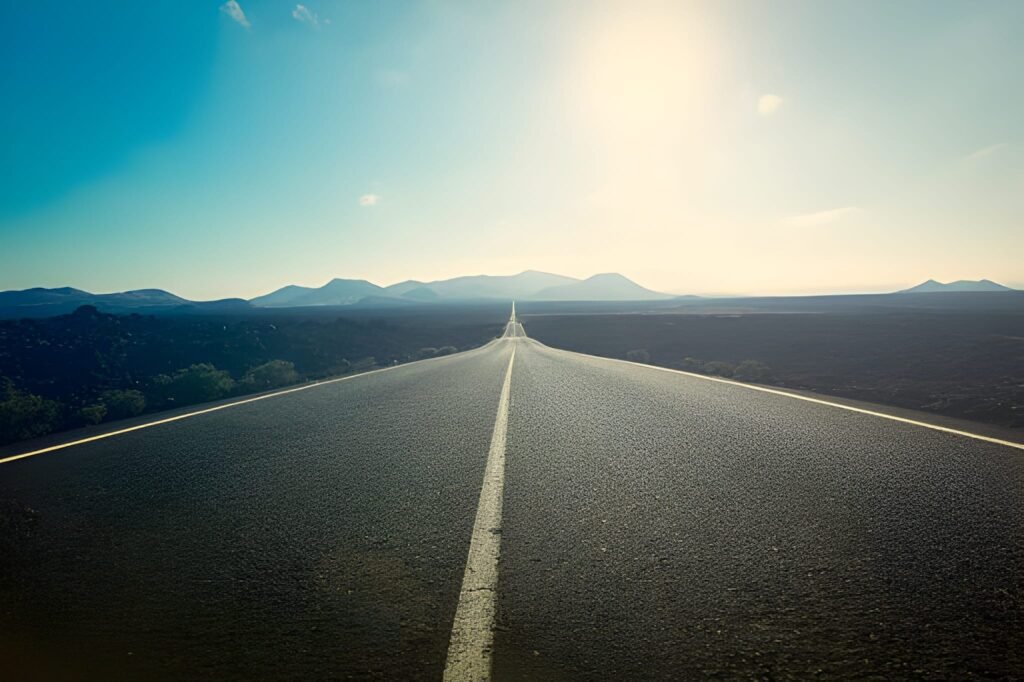
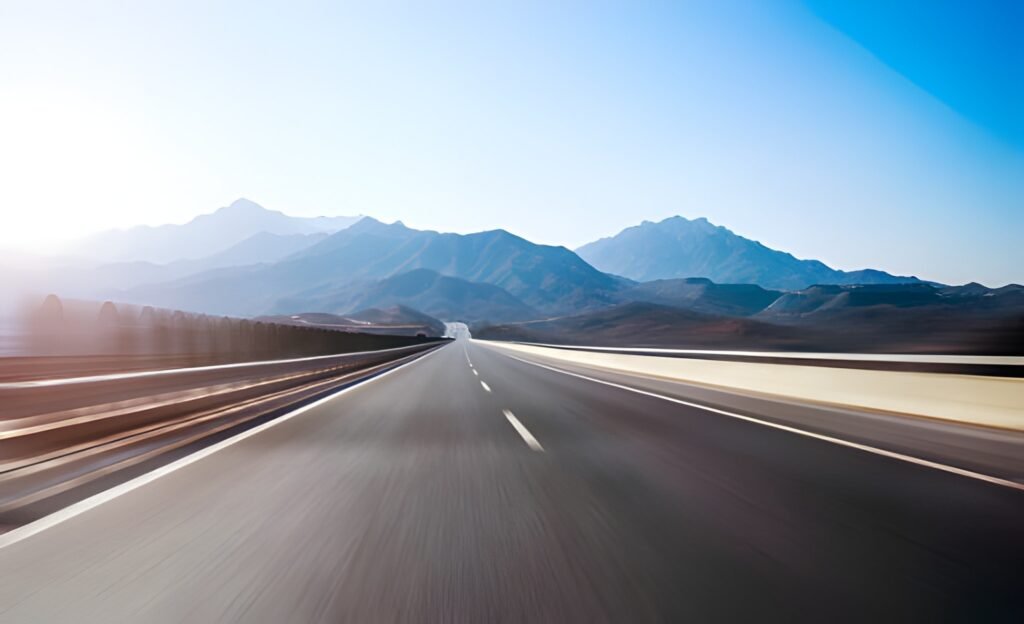

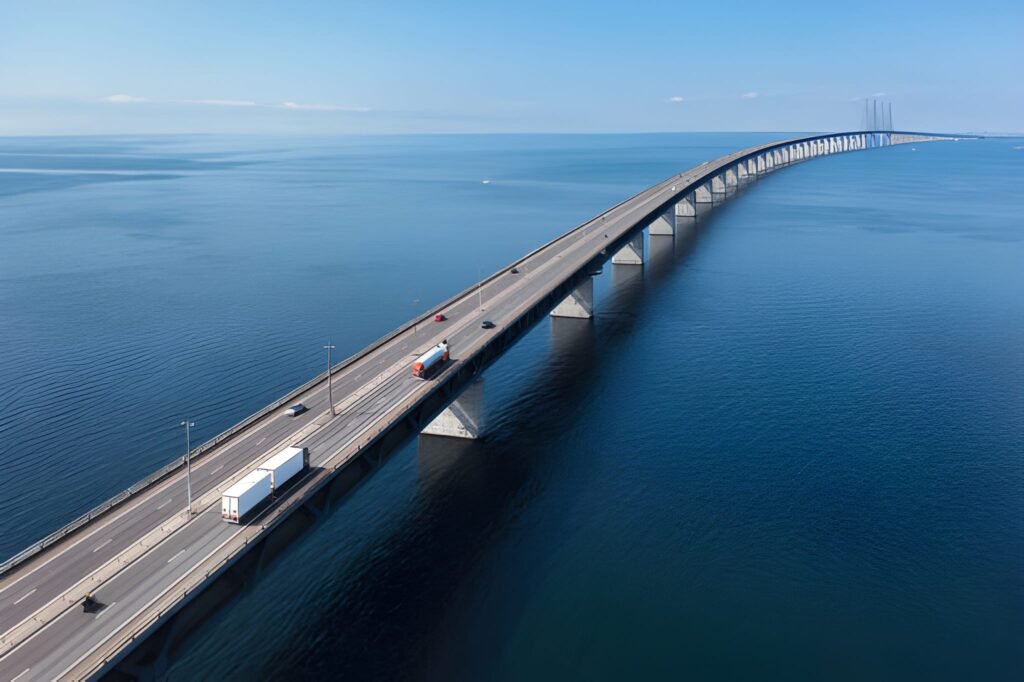
This is why preparing your car before a long road trip in India is not just recommended, but essential. Proper preparation ensures safety, comfort, fuel efficiency, and peace of mind throughout your journey. In this guide, we’ll explore everything you need to know about getting your car ready—from basic mechanical checks to legal documents, from essential tools to smart driving tips.
Understanding the Indian Road Trip Landscape

Driving in India is a mix of adventure and unpredictability. Highways like the Golden Quadrilateral (Delhi–Mumbai–Chennai–Kolkata loop) are world-class, but rural stretches may have potholes, unpaved paths, or sudden diversions. You may encounter cows crossing highways, overloaded trucks, or heavy monsoon rains that test both your car and your patience.
Before setting off, you must evaluate:
- The terrain (mountain roads, highways, desert stretches).
- The weather (summer heat, monsoon floods, winter fog).
- The distance and fuel availability (remote Ladakh roads vs. well-connected NH48).
Knowing what lies ahead helps in preparing your car more effectively.
Step 1: General Mechanical Check-Up Before the Trip

Before embarking, your car should undergo a comprehensive mechanical inspection. You can either visit your authorized service center or a trusted mechanic.
Engine Oil and Fluids
- Check engine oil levels and top up if necessary.
- Replace oil if it’s nearing the next service interval.
- Inspect coolant, brake fluid, clutch fluid, and windshield washer fluid.
Brakes
- Brakes are your lifeline on highways and mountain roads.
- Check brake pads, discs, and brake fluid levels.
- If the brake pedal feels spongy, get it checked immediately.
Tyres
- Inspect tyre tread depth and sidewalls for wear and cracks.
- Maintain proper tyre pressure (refer to your car’s manual).
- Don’t forget the spare tyre—often neglected but crucial.
Battery Health
- Check battery terminals for corrosion.
- Ensure it’s fully charged, especially if your car is older than 3 years.
Suspension and Steering
- Inspect for unusual noises or vibrations.
- Strong suspension is vital for bumpy Indian roads.
Step 2: Essential Car Accessories for Road Trips

Having the right accessories can make your journey safer and more comfortable.
- First Aid Kit: Bandages, antiseptic, medicines for headache/fever.
- Car Tool Kit: Jack, wheel spanner, jumper cables.
- Tyre Inflator & Puncture Repair Kit: Useful in remote areas.
- Torch/Flashlight: Power cuts and dark highways are common.
- Seat Cushions & Neck Pillows: For long driving hours.
- Phone Mount & Car Charger: Navigation and communication are critical.
- Dash Camera: For recording journeys and road incidents.
Step 3: Documents You Must Carry
Driving in India requires legal preparedness as much as mechanical readiness.
- Driving License (DL).
- Vehicle Registration Certificate (RC).
- Insurance Papers (with validity).
- Pollution Under Control (PUC) Certificate.
- Car Service Records (optional but useful).
- FASTag: Mandatory on most national highways.
Pro Tip: Keep both hard copies and digital copies (DigiLocker) to avoid hassles at checkpoints.
Step 4: Fuel Management Strategy

Fuel stations in cities are common, but in rural highways or hilly terrains, they may be rare.
- Always start with a full tank.
- Refill when the tank is at half-level—don’t wait till it’s near empty.
- Use trusted petrol pumps to avoid adulterated fuel.
- In high-altitude areas like Ladakh, fuel stations may be 200+ km apart—carry approved jerry cans.
Step 5: Preparing for Indian Weather Conditions
India’s geography exposes road trippers to extreme weather variations.
Summer
- Check air-conditioning and coolant.
- Carry sunshades and extra water.
Monsoon
- Inspect wiper blades and windshield washer.
- Check tyre grip—slippery roads can be fatal.
- Keep a raincoat and waterproof covers for luggage.
Winter
- Fog lights are a must in North India.
- Carry blankets if traveling in hill stations.
- Battery and engine warm-up become important in sub-zero areas.
Step 6: Emergency Preparedness on Indian Highways

Even with preparation, emergencies can happen. Here’s what you need to prepare for:
- Breakdowns: Have roadside assistance numbers (e.g., your insurer or RSA service).
- Accidents: Keep local police and hospital numbers handy.
- Medical Emergencies: Carry required medications and first aid.
- Connectivity Issues: Download offline maps (Google Maps offline mode).
Step 7: Driving Etiquette and Safety in India
Driving in India requires patience and caution.
- Follow lane discipline on highways.
- Overtake only from the right side.
- Beware of stray animals crossing roads.
- Use dipper lights in the night to avoid blinding oncoming vehicles.
- Take breaks every 3–4 hours to avoid fatigue.
Step 8: Preparing for Different Types of Road Trips in India
Hill Station Trips (Shimla, Manali, Ooty)
- Low gear driving on steep roads.
- Check brakes more frequently.
- Carry motion sickness medication.
Desert Trips (Rajasthan, Rann of Kutch)
- Protect engine from sand with frequent air filter checks.
- Carry extra water for both passengers and radiator.
Coastal Trips (Goa, Kerala, Konkan)
- Beware of slippery coastal roads in monsoon.
- Humidity can affect AC and electrical systems.
Remote Adventures (Ladakh, Spiti Valley)
- Carry oxygen cans for high altitudes.
- Fuel management becomes critical.
- Tyre inflator and puncture kit are lifesavers.
Step 9: Packing Smart for the Journey
In addition to personal luggage:
- Carry enough snacks, packaged water, and energy drinks.
- Keep maps and guidebooks for regions with poor connectivity.
- Use organizers and roof carriers for extra luggage.
Step 10: Mental and Physical Preparation of the Driver
A well-prepared car is not enough—the driver must also be prepared.
- Get adequate sleep before the trip.
- Stay hydrated and eat light.
- Avoid alcohol the night before.
- Share driving responsibility if possible.
Conclusion – Enjoy the Journey, Stay Safe

Preparing your car for a long road trip in India is about balancing adventure with responsibility. By ensuring your vehicle is in top condition, carrying essential tools and documents, and understanding the unique challenges of Indian roads, you make your journey safe, memorable, and stress-free.
Whether it’s a Leh-Ladakh expedition, a Rajasthan desert safari, or a coastal ride to Goa, preparation is the key to transforming a simple drive into a cherished life experience.
So, before you hit the road, make sure your car—and you—are ready for the incredible adventure that India has to offer.

